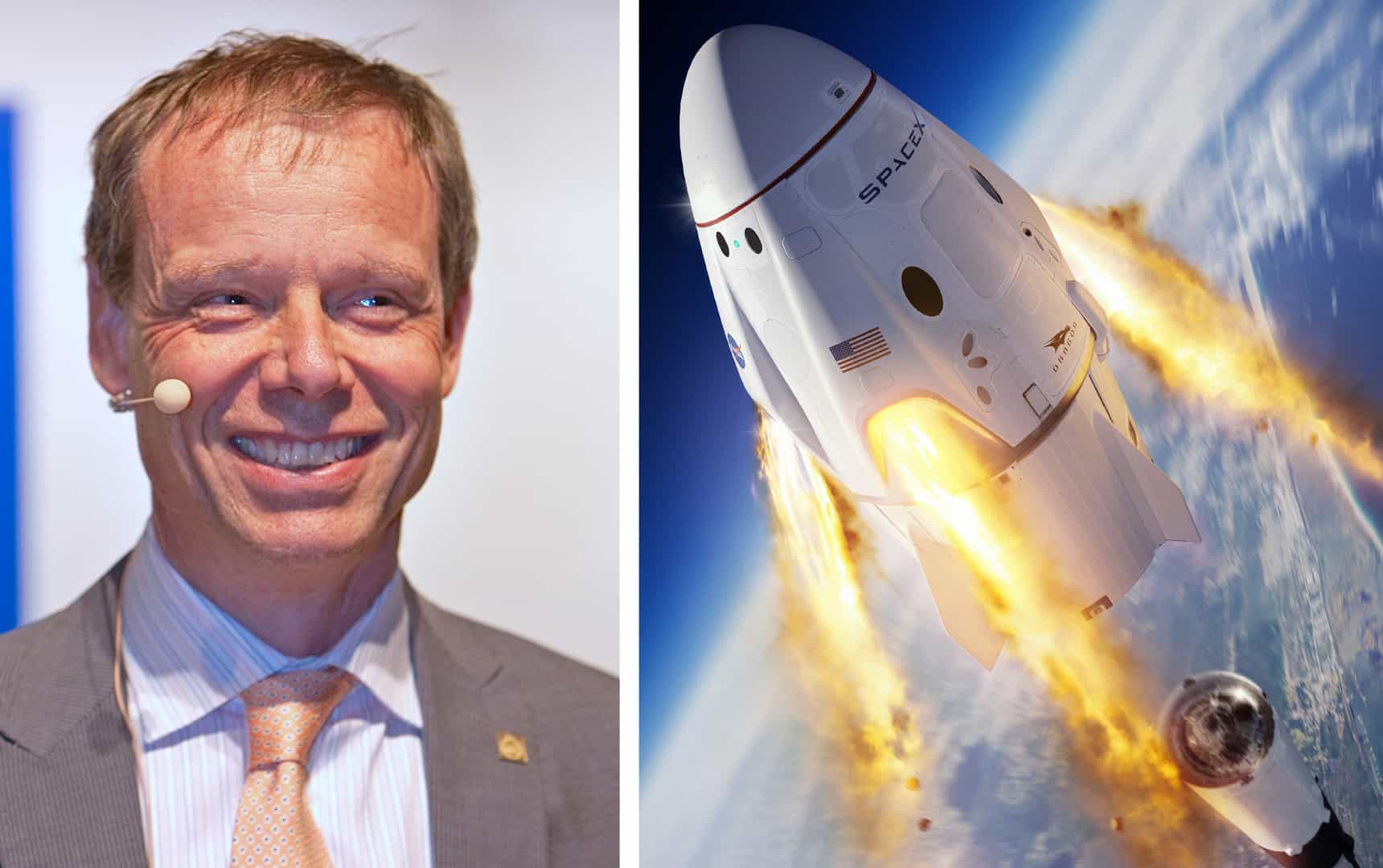
🧑🚀 Astronaut Fuglesang about the New Space Race – and going up again
The interest in space has not been this great in 50 years. We are on our way back to the Moon, and the sight is set on Mars. Why does this happen now? This and much more is answered by former astronaut and Warp News space expert, Christer Fuglesang.
Share this story!
Warp News creates and spreads fact-based optimistic news with the help of our Premium Supporters. Read here how you can be part of our community and support our mission.
The interest in space has not been this great since the days of the Apollo program, about 50 years ago. The traditional organizations, such as NASA, have been joined by a number of new ones and there are both plans to return to the Moon and to go to Mars.
"That this is happening right now is due to the fact that technology has advanced so much. Now it is also possible for smaller companies to invest and do things that have to do with space," says Christer Fuglesang, the first Swedish astronaut, professor of space travel at the Royal Institute of Technology in Stockholm, and not least Warp News Expert on space.
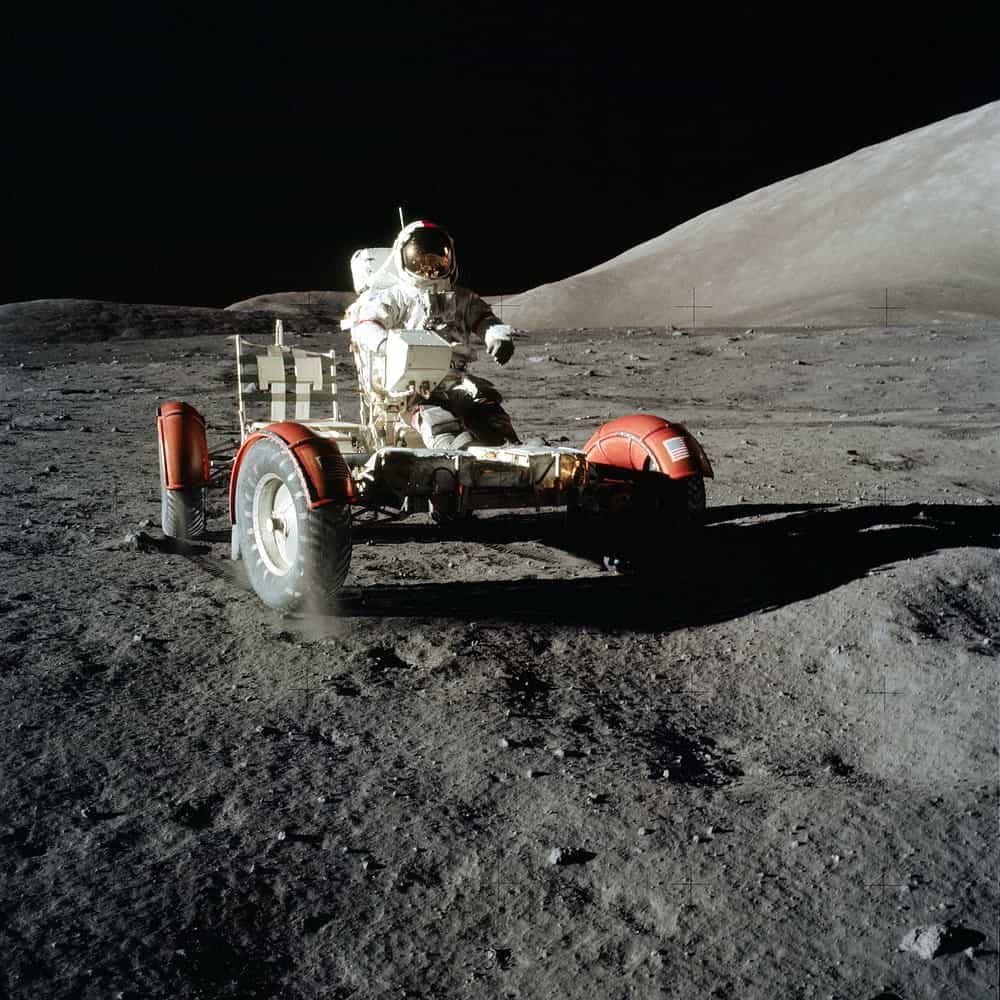
Technological development leads to the New Space Race
Christer Fuglesang explains that the development in several technological areas now means that the interest in space is increasing fast.
"It is partly about technology that has to do with satellite construction. The components are now miniaturized, powerful and inexpensive. But it's also about technology to send things into space. A rocket is being built in pretty much every garage right now. So far, SpaceX and RocketLab have succeeded, but soon we will have a dozen smaller companies that can launch rockets."
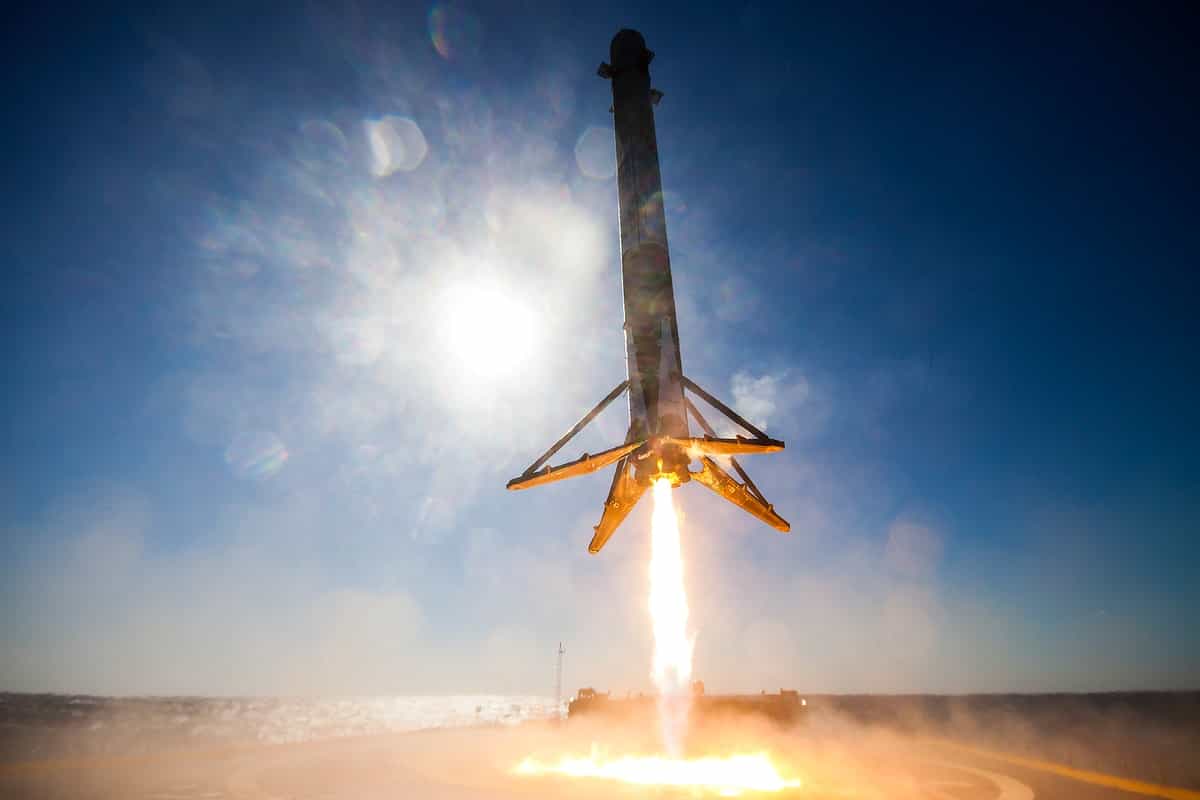
Technological development has made it much cheaper and easier to build satellites. Thanks to the miniaturization, it is also cheaper to send them up; they weigh less and do not take up as much space in the spacecraft. In addition, developments in rocket technology have developed rapidly. Rockets can be reused today, leading to it being significantly cheaper to send things into space.
"In addition, more data is captured from space, not least data about the Earth. Satellites can also be used to send data between each other and back down to earth. This creates business opportunities."
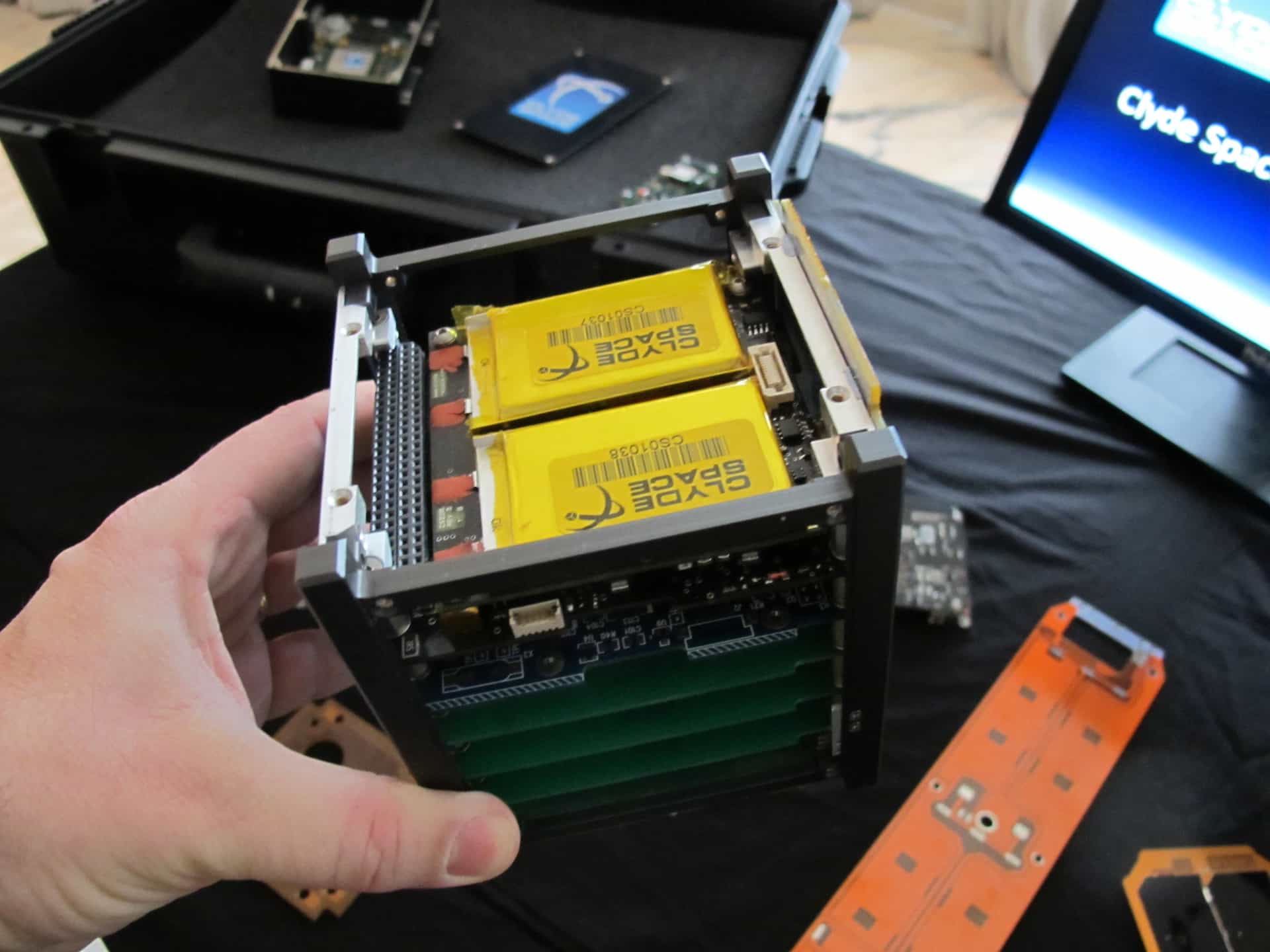
"In 10 years, every point on earth will be observed all the time"
Right now, one of the prime examples of business opportunities connected to space is SpaceX Starlink. It is a satellite constellation that moves in low orbit around the Earth and will provide the entire planet with internet connectivity. The goal is for the network to be put into use by 2020. In the long term, it will consist of over 40,000 Starlink satellites.
"There's a satellite explosion going on right now. The number of satellites will increase by a factor of 10 and they will primarily be used for communication. But we will also see more and more observation satellites. In 10 years, every point on earth will be observed all the time."
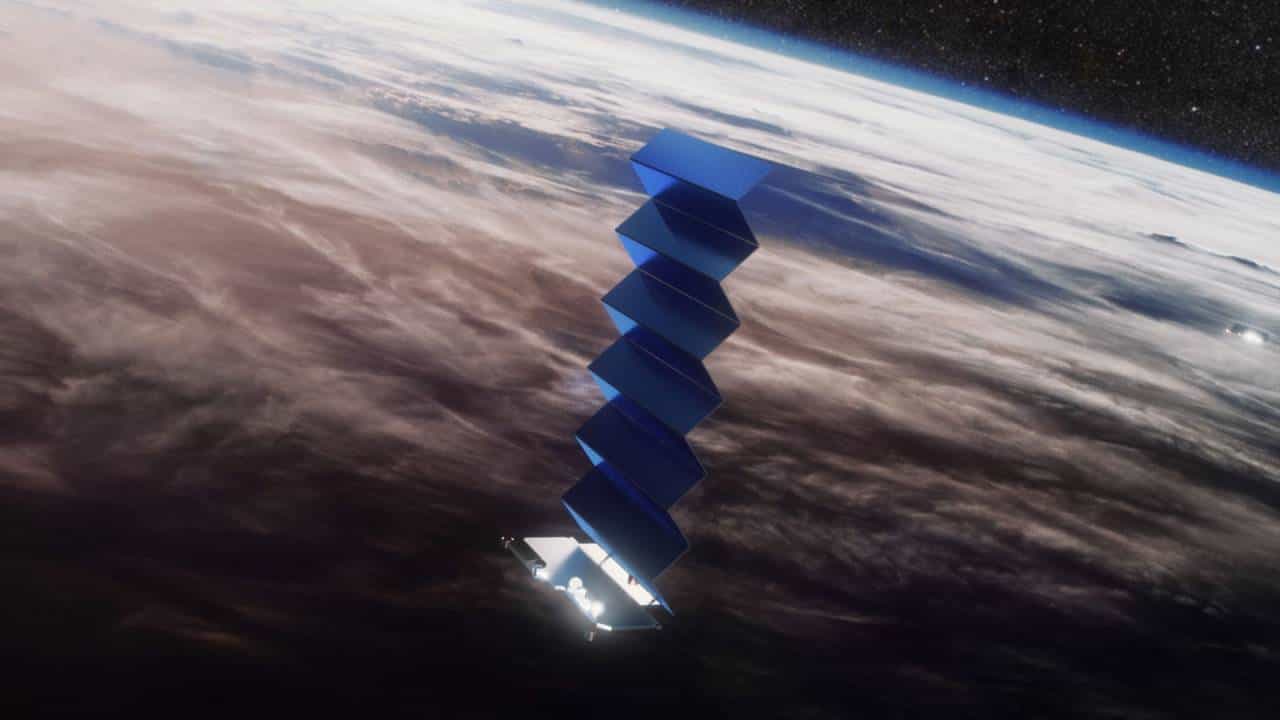
Being able to use all this data is a huge business opportunity, says Christer Fuglesang. In addition to satellites that generate data, we must also have something that can receive the information from space. Therefore, we also need good antenna technology and this is another area where we see increased interest and investment.
"What we now also see is that the big plans, the visionary missions, are starting to happen. The international project Artemis, which is a continuation of the Apollo program, is underway with the goal of returning man to the Moon. We also see a continuation of the ISS, the International Space Station, and that China is now exploring the Moon with rovers, but in the long run also with manned missions."
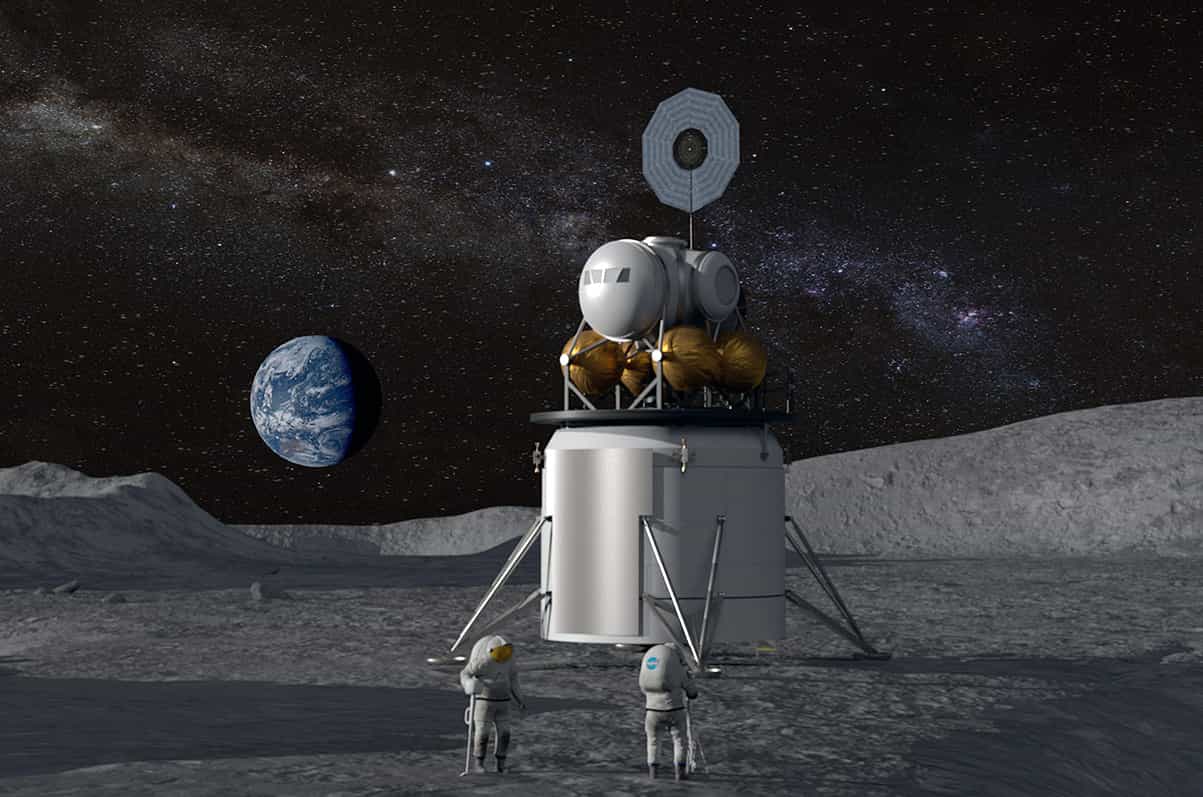
ISS is joined by several new space stations
China also has plans for its own space station where parts will begin to be launched in 2021 or 2022. Christer Fuglesang believes that the ISS will continue for at least another ten years.
"A company called Axiom Space wants to use the ISS as a kind of springboard to build a completely new space station, which will be very interesting to follow. The plan is for them to start sending up modules, which will initially become part of the ISS, but which will eventually be disconnected to form their own space station."
An important aspect of this being possible, says Christer Fuglesang, is the new commercial manned vessels such as the Crew Dragon. With them, it will be possible to send people who are not government-employed astronauts to space. This provides completely new opportunities.
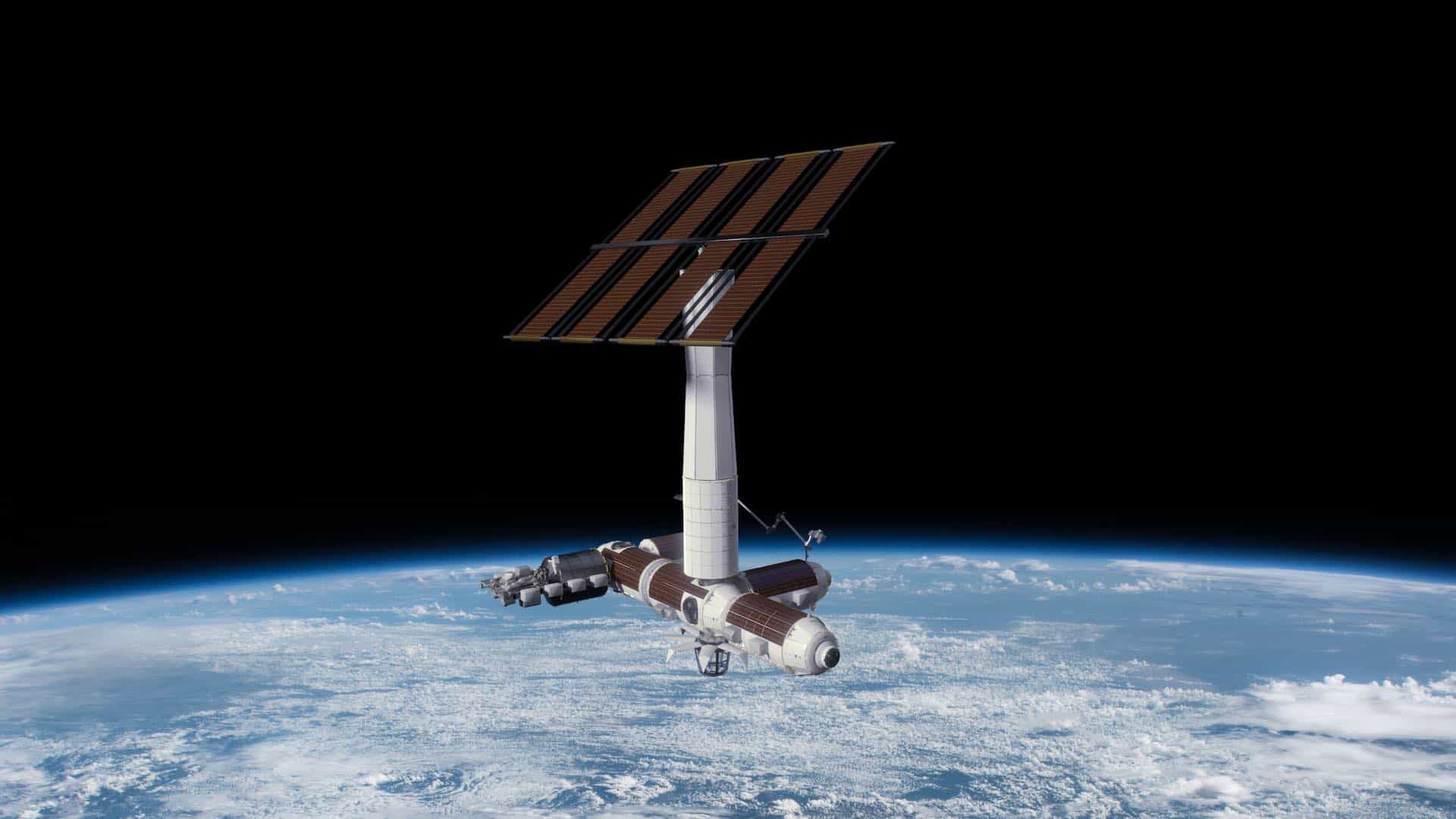
If we look even further away and forward in time, Mars is the target. SpaceX was created for the purpose of sending humans to Mars and now they are building a large rocket that will be completely reusable and have sufficient range for a Mars trip.
"NASA also has a vision to go to Mars. The Moon will be a kind of preparation for that, says Christer Fuglesang."
Asteroid mining is another vision where there are real business opportunities. But Christer Fuglesang believes that this is even further ahead.
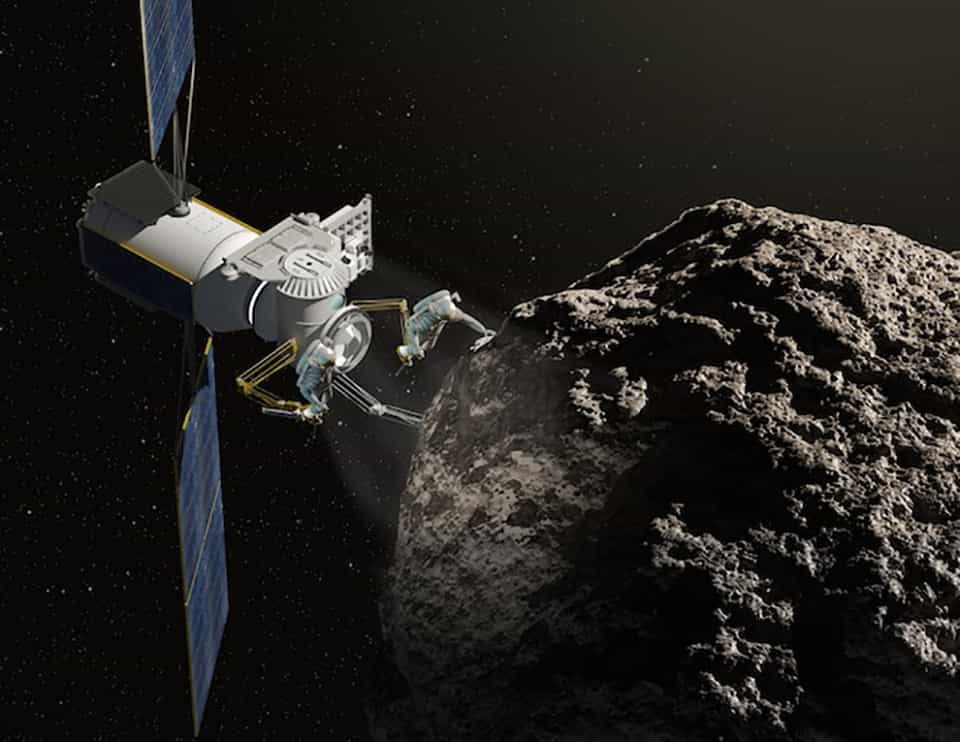
"If I had the chance, I would go again"
In other words, there are a lot of very interesting and extraordinary projects underway, and more is coming. So which missions give that extra tickle for an astronaut and space professor?
"The manned programs, to the Moon and to Mars. It is not that I have chosen to 'put the shoes on the shelf' but my employer does not want to send me into space again. If I had the chance, I would go again."
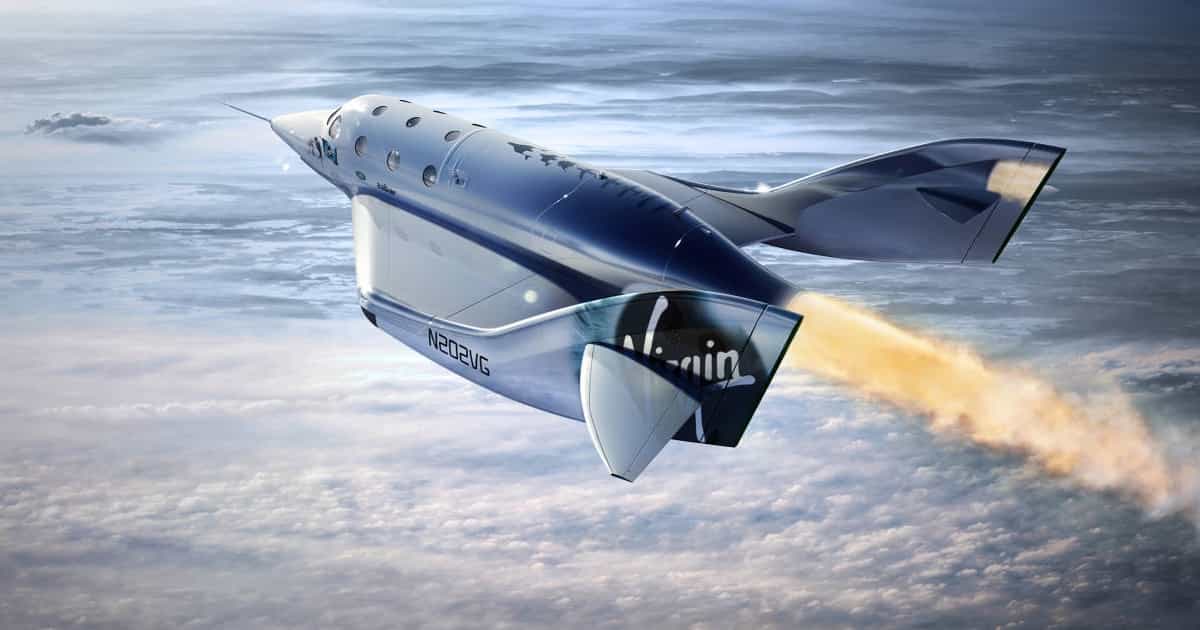
Even if the trip does not go all the way to Mars, there will be a chance for Christer Fuglesang, and many others, thanks to the emerging space tourism industry.
"It surprises me that it has not started yet. By that I mean what I call the 'space jumps', where you are sent over 100 kilometers, up to the border where space begins and then down again."
This type of space travel, which Virgin Galactic and Blue Origin, among others, are investing in, will take between 15 minutes and a few hours. Christer Fuglesang believes that they could start to do these trips at any time now, as he sees it. A number of tests have been made.
"Another variant is to go up in orbit around the Earth. With the new space crafts, there will be many more opportunities."
In the longer term, there will be space hotels, where you can spend a week in space for about one million USD.

"An ad appeared stating that ESA was looking for astronauts"
In the near future, it will be possible for you and many others to go into space. The physical requirements are not that high, says Christer Fuglesang, so if only the will and the wallet are there, there is a big possibility. It was different when he himself set his sights on going up into space. But how did it begin?
"I have always been fascinated by space and science, especially physics. I have also always enjoyed traveling. But I never thought I would become an astronaut, it was more like 'How awesome it would be to go to space, I would like to do that.'"
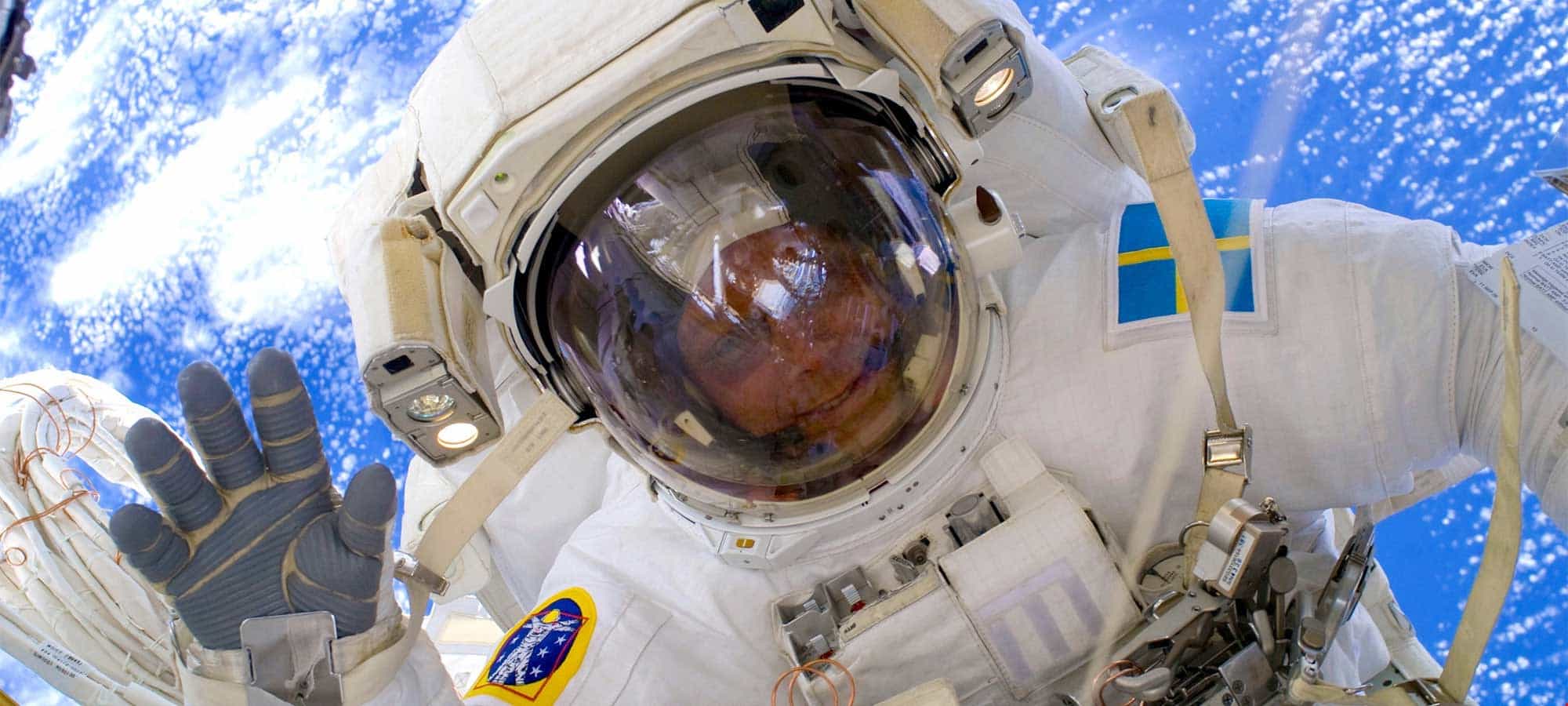
Then one day an ad appeared where ESA was looking for astronauts, and Christer applied.
"I worked hard to do a good application. There were lots of tests and interviews."
He passed the eye of the needle. After being accepted, it was many years of waiting before the opportunity came.
"But I knew it was a matter of time. Not if but when. If you are accepted, you will go up, if you do not change your mind or are in an accident or something. I don't think any European that was selected, anyone from ESA, didn't go up if they wanted to."
28 years after he was selected and five spacewalks later, 63-year-old Christer Fuglesang's interest in space has not decreased in the slightest. He is full of enthusiasm for the space industry's new golden age. After reading this interview, we hope you are too. 🚀
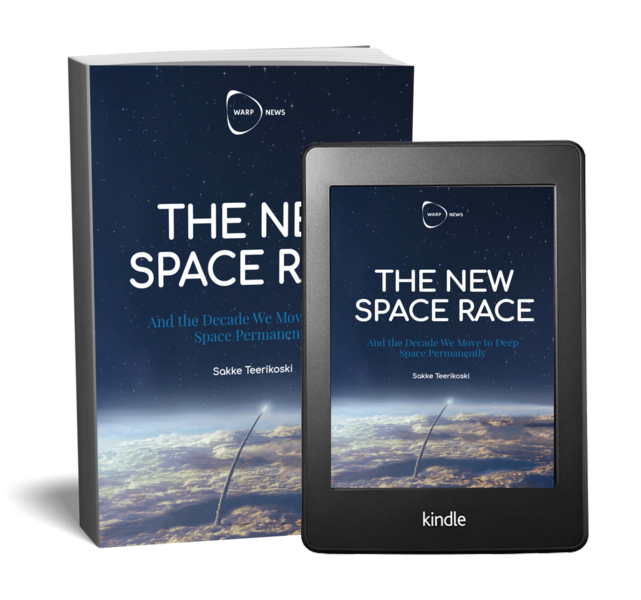
Want to read more about the New Space Race? As a Premium Supporter, you can download the e-book "The New Space Race" free of charge.
If you are not a Premium Supporter, you are welcome to become one. You can also buy the e-book on Amazon.
By becoming a premium supporter, you help in the creation and sharing of fact-based optimistic news all over the world.


